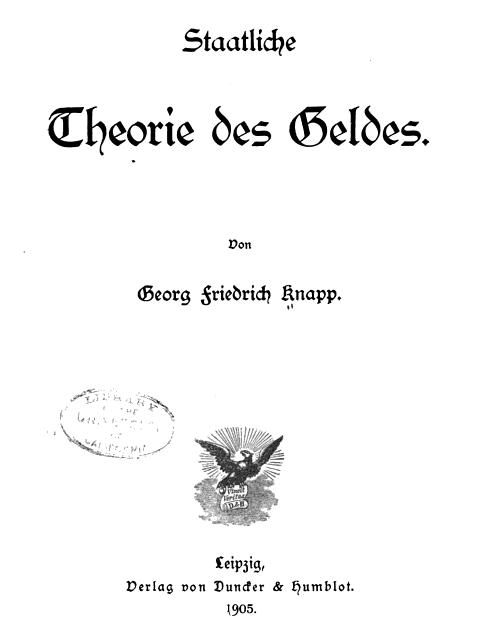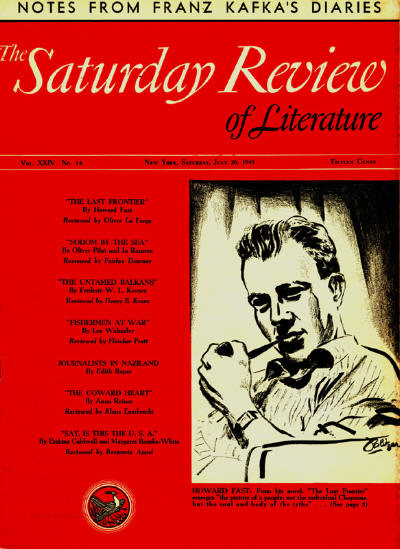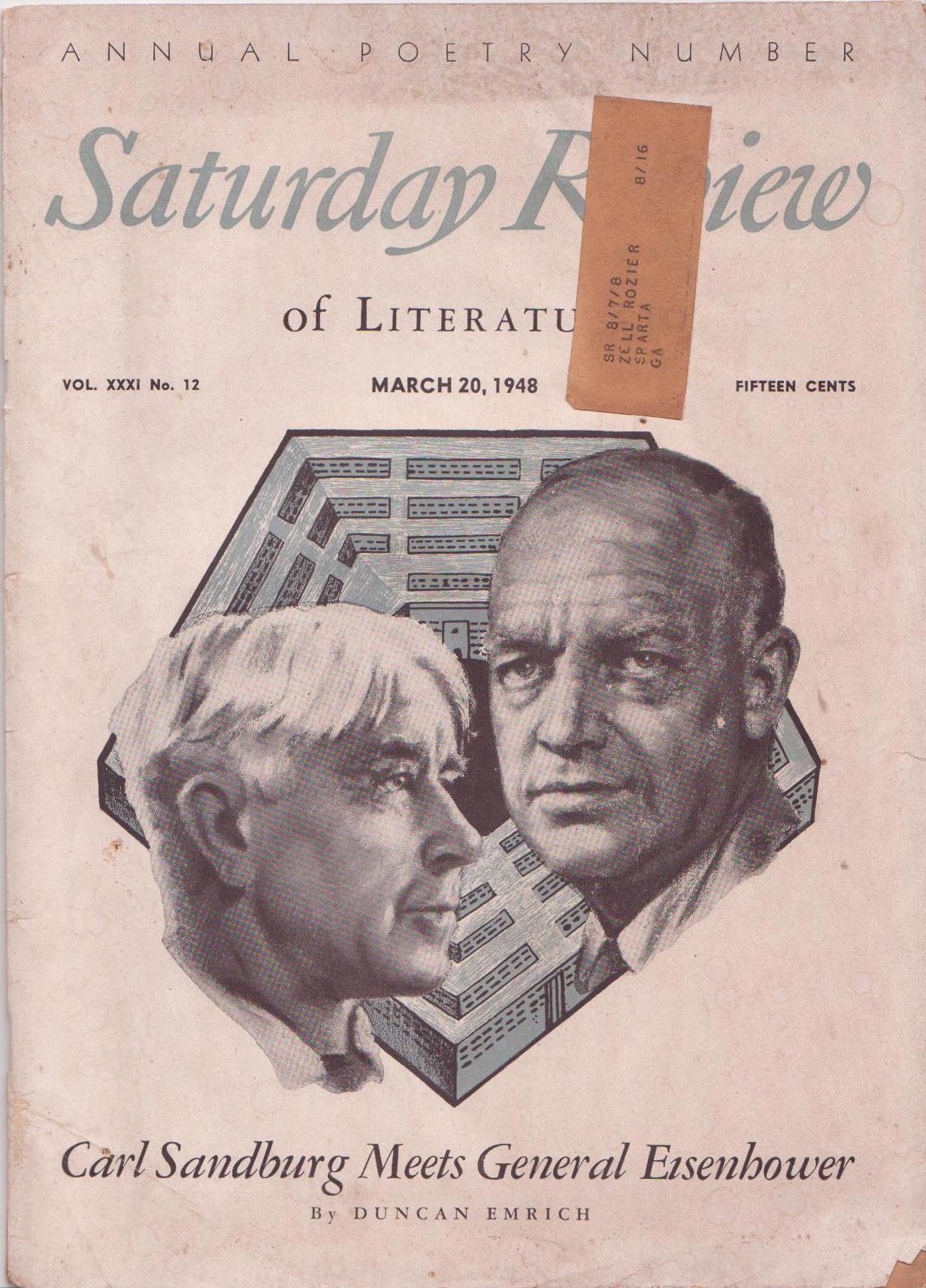Among the Post-Keynesian groups concerned with understanding and fixing problems that lead to the 2007/8 Global Financial Crisis (GFC) and other ongoing economic problems there are different areas of focus by circuit theorists, Modern Monetary Theory (MMT), Steve Keen’s approach to private debt, and other Post-Keynesians. (MMT, while often with a focus on other aspects of the economy [as L. Randall Wray writes, leading from neo-Chartalist and functional finance insights to fiscal policy] is nevertheless firmly grounded in endogenous money theory). Despite these various approaches having important disagreements and areas of interest all are grounded in reality & therefore their discussions on policy options are coherent and useful, unlike orthodox policy discussions.
There is another perhaps small but dedicated and often visible group of reformers that focus on the monetary system. Broadly these are the various groups that want to change the monetary system such as The American Monetary Institute (AMI), Positive Money (PM), economists associated with the New Chicago Plan and others. Their relation with the Post-Keynesian groups mentioned above is somewhat complicated, and the key reason involves endogenous money. Before continuing, it helps to divide these diverse money reforming groups into two broad categories:
I. A significant number of monetary reformers focus on a money multiplier (and often on fractional reserves). They are still stuck in a loanable funds world, probably because orthodox economics has been so successful in teaching their delusion that we live in a loanable funds world, so these reformers, despite being heterodox in their goals, learn their economics from orthodox sources. Of course, we are not in a loanable funds world, so there is no money multiplier (and here). This means this significant section of monetary reformers is (rightfully) dismissed by those who understand how banking works.
II. There is another group of monetary reformers that do understand that we are in an endogenous money – not a loanable funds – world. Their proposals do not focus on a (non-existent) money multiplier. Their proposals are aimed at actually making the current endogenous money system into a true loanable funds system. This would be a “no reserves” system. (Positive Money and related proposals are examples of this group).
For the second group above, this leads to a somewhat difficult intellectual position. Post-Keynesian economists have been trying to get orthodox economists to understand the way the economy actually works (with endogenous money) in the real world for decades, and have looked on in dismay as orthodox economists have spent whole careers writing about a non-existent loanable funds system and in turn giving terrible, indeed dangerous, policy advice. Thus it is natural to view holders of the loanable funds view as enemies who do real harm to the economy and the public. But it is different to be frighteningly delusional about reality (as orthodox economists are about loanable funds) than to understand that the current system is an endogenous money system and want to make it a loanable funds system (as PM-type proposals do. There are other main reasons many Post-Keynesians reject PM-type proposals. At times, though, it seems mere association with the muddled orthodox view of banking does influence how/whether some Post-Keynesians really weigh the details of PM-type proposals).
I think several points follow from making the above distinctions into two groups. Primarily they concern the possibility for PM type money reformers to strongly support some key MMT proposals for financial reform, and in turn good reasons for Post-Keynesians to be in dialogue with both types of monetary reformers, rather than seeing them as some misguided offshoot of the loanable funds mainstream.
On the AMI, PM, monetary reform side –
- Realize the danger of being thought “not to get” endogenous money (or of actually not getting it for those in group I above). Educate those who still talk about “full/fractional reserves” and a money multiplier that these are just not the issue. Irrelevant terms such as full/100%/fractional reserves immediately suggest that the banking system is simply not understood. The loanable funds system PM and others propose is a “no reserves” system, not a full reserve system. PM type proposals are about changing the endogenous money banking system to a (no reserves) loanable funds system.
- Strongly support MMT proposals that get part of the way to your goals, even if you ultimately want further changes. Warren Mosler’s proposals go a significant way towards reducing negative aspects of the current endogenous money system and are in accordance with PM type views; two in particular:
“Banks should only be allowed to lend directly to borrowers and then service and keep those loans on their own balance sheets.”
“Banks should not be allowed to accept financial assets as collateral for loans.” (Mosler)
Both of these would significantly alter and restrict the current endogenous money system in ways that move the system towards PM and similar plans’ goals. Indeed, PM itself lays out what their ultimate goals (brief version here) are and separately shorter-term goals that in part are similar to what many MMT and similar proposals for bank reform want.
Also – some MMT (and other Post-Keynesian) proponents are in favor of nationalizing banks, and/or of creating an additional system of narrow banking for those who want it. PM recognizes this as an important step towards their ultimate goals. Creating postal banks or any other narrow banking system as at least an option for the public is a logical and do-able goal that many sides could unite behind.
In other words, if PM type proposals want to move from “A” (today’s system) eventually to “D” (a loanable funds system), and Mosler-type proposals move the system to “B” (significant restrictions on the way endogenous money is currently created; the existence of a parallel narrow banking system for those who want it) then PM should be very much on board.
For Post-Keyenesians:
- Try (even) harder to teach monetary reformers that are erroneously still worried about a money multiplier (group I) that there simply is not one in the current system (I know – it seems they just won’t listen to good advice). If they understood endogenous money and that loans create deposits they would see that reforming a “money multiplier” is a waste of time. This might then lead them to see the logic of and support reform proposals such as Warren Mosler’s. Another possibility is that they would become part of group II above and at least understand the issues more clearly. This would make coherent discussions possible, and take one more group out of the spell of orthodox nonsense.
- Regarding group “II” above – Post-Keynesians should recognize that group II monetary reformers are different from orthodox economists in a crucial way – they get endogenous money – they just don’t believe it serves the public purpose. They truly believe that a real loanable funds model is possible to create and serves the public purpose better than the existing system. Recognize that real dialogue is possible with them unlike with the vast majority of orthodox economists. If a loanable funds model would not work or would be worse for the public, clearer statements of why could be made. I know there are essays by Post-Keynesians about some of these proposals; I think they could be better (more on this below). For example, usually one of the more conscientious writers of the MMT economists, Bill Mitchell, compares some of these proposals to the gold standard (although he seems to be considering some of the Austrian type proposals in part of the essay). Mitchell writes “There would be the equivalent of a gold standard imposed on private banking which could invoke harsh deflationary forces.” While under a true loanable funds system such as PM proposes endogenous private credit-money would not be created, it is obviously still a fiat system, and neo-Chartalist and functional finance insights hold: limitless (except by inflation) money could be pumped into the economy as needed through fiscal policy, tax decreases, and citizens dividends. The gold standard comparison simply does not make sense.* Ditto concerns about PM proposals being deflationary (not in the long run for the reasons mentioned, nor in the short run since the changeover would be portfolio neutral – I think the New Chicago Plan has a good explanation of this, page 49 ).
Although PM and similar proposals are not necessarily among the largest or most influential groups (compared to orthodox economists and their policy groups) they do have some visibility and any additional organized, visible support for much needed reforms, and any addition to coherent discussions of our endogenous money system should be welcome.
Rather than arguing among themselves, Post-Keynesians and PM-type groups should focus on the important overlaps of their bank/finance reform proposals. If those are achieved, then the further changes that PM type groups want can be discussed. And despite seeming to have radically different end goals (a fair, stable endogenous system versus a true loanable funds system) the most pressing immediate bank reforms are agreed on by most sides.
Both MMT and PM-type proposals are to use state money for public purpose. The real contention between MMT and PM lies in whether or not endogenous private credit-money creation also serves the public purpose.
The key issues:
Many of the concerns with the PM proposal I have seen brought up are actually discussed in some detail in the PM literature (and/or related points usefully discussed in the new Chicago Plan) and it often seems that critics of the plan simply do not closely read PM explanations of the details of the plan. However, of course there are serious concerns, perhaps the most consistent being:
Would the new system of exclusively state money be able to create a fair system for large business loans? How would that system differ from the current system?
Concerns with the current endogenous money system:
Does the fact that endogenously created private credit-money dwarfs state money restrict the ability of the government to act in the public purpose in the way MMT believes? (possibly through the inflation limitation – can the government really contain inflation while using state money for public purpose when such huge amounts of private credit-money are created?) Does this render MMT ideas on the role of the state in the economy unworkable? (An example of these worries is Cullen Roche’s criticism of MMT here).
Does the inherent instability and procyclical nature of endogenous money have too many social costs?
Does the endogenous money system stealthily but inexorably lead to regulatory capture? Relatedly – Does the endogenous money system have a systemic tendency to funnel wealth upwards & into the FIRE sector? Lead to unsustainable levels of private debt? To highly inequitable wealth distributions? [related post]
On these latter questions, Steve Keen’s work seems especially relevant, suggestive of the way in which in the current system of private credit-money seems to ratchet up private debt and credit-money and create crises and inflate the FIRE sector. (e.g., “Are We It Yet?“, “Deleveraging with a Twist” and others; also see important work towards reconciling MMT & Keen’s work).
There are plenty of critiques of MMT – most of which are completely misguided and due to fundamental misunderstandings of the economy due to orthodox economic blinders. I see the most important debate concerning the balance of state and private credit money in a state theory of money and what follows from a state theory of money. These are a few more discussions that touch on that area:
A debate on Endogenous Money and Effective Demand: Keen, Fiebiger, Lavoie and Palley
Modern Money Theory and New Currency Theory (book length version: Modern Money and Sovereign Currency) (the historical discussion of why MMT and PM-type proposals differ on banking is very enlightening; I disagree with Huber on important aspects of the second part of the paper, especially where he still falls into the household analogy trap, and his unfortunate and confusing use of the term “fractional reserve system” when that is just not the issue. He clearly knows the difference between a no reserves system and “full reserves” although I think there are simpler ways of explaining it).
The Credit Money, State Money, And Endogenous Money Approaches: A Survey And Attempted Integration L. Randall Wray
__________________________________________
[Postscript – A few bits I cut from above for readability]
*On Mitchell’s comparison of creating a loanable funds model to a gold standard – Ralph Musgrave makes similar points concerning Warren Mosler’s light dismissal of Martin Wolf’s article on banking reform. (But please Ralph – quit talking about “Full/Fractional reserve! : ) The PM loanable funds model will be a “no reserves” system!)
PM-type proposals & MMT are in essential agreement that the state can and should just spend state money for public purpose, with inflation the limiting factor. This is sometimes unclear because of the operational peculiarities of various countries, not least of the US. Whether this is just through continued deficit spending, or a 60 trillion dollar coin or similar, circulating treasury notes (the same thing really), or whatever, ultimately makes little difference. PM-type proposals have long used the US Greenback – circulating (mostly digital) treasury notes, as a key example, and MMT economists have the same view.
A final note – sometimes in comments here and elsewhere a criticism is made that “there are more technical papers that do deal with ____, since you don’t have them here you don’t know what you are talking about!” and/or “this post only relies on other blog posts and simple sources, it is not useful/serious/informed! etc.” I do try to read more “official” and/or technical papers when relevant. Two points though – 1) If bits and pieces of answers to some of these points are buried in technical papers somewhere, that doesn’t help anyone too much – cite them specifically (& better yet – summarize them and why precisely they matter) and 2) I think when good economists like Keen, Wray, Fullwiler and Mitchell with technical work write their views in plain English those writings reflect – and quite often best reflect – what their technical work tells them is right.






